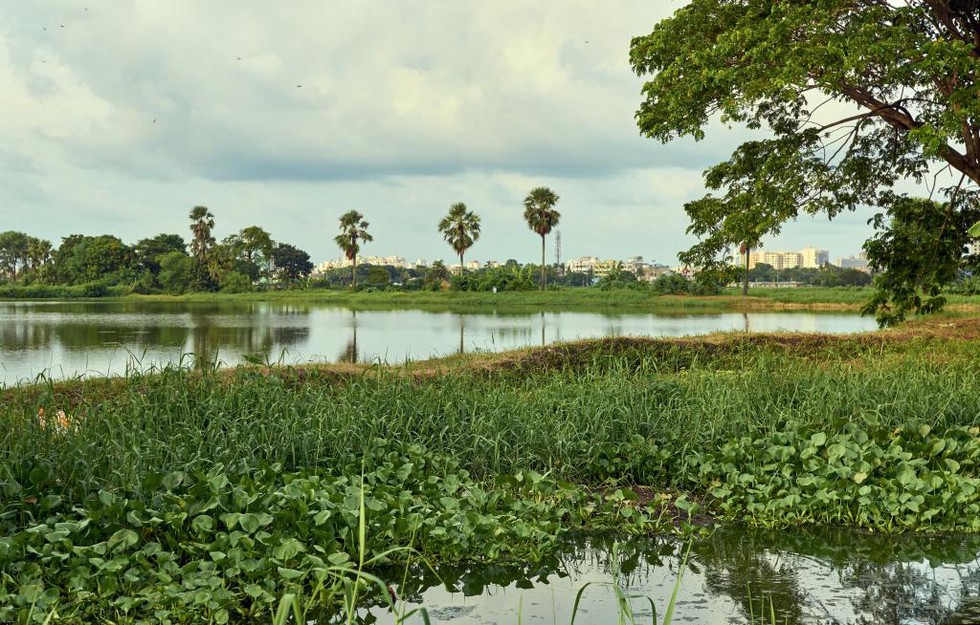Rapid industrial development in India has led to significant environmental challenges, particularly in managing industrial wastewater. The discharge of untreated or inadequately treated industrial effluents poses serious threats to ecosystems, public health, and water security.
Scale of Pollution:
The pollution generated spans various sectors such as manufacturing, textiles, chemicals, and mining, leading to considerable environmental degradation.
Inadequacy of Traditional Methods:
Traditional treatment methods often fall short in addressing the complex array of pollutants present in industrial wastewater, necessitating a shift towards more comprehensive solutions.
Promise of Constructed Wetlands:
Constructed wetlands emerge as a promising approach, offering effective treatment along with environmental and economic benefits, combining natural processes with human innovation.
Functionality of Constructed Wetlands:
Constructed wetlands are engineered structures designed to replicate the functions of natural wetlands, employing vegetation, soil, and water to purify wastewater.
Types of Constructed Wetlands:
Constructed wetlands are categorized into subsurface flow (SSF) and surface flow (SF), each with distinct advantages but sharing the common objective of pollutant conversion through natural processes.
Role of Vegetation:
Vegetation such as cattails, bulrushes, and sedges play a crucial role in nutrient absorption and provide habitats for beneficial bacteria, enhancing the treatment process.
Environmental Significance:
Constructed wetlands offer additional environmental benefits including habitat provision, flood control, and carbon sequestration, enhancing their ecological significance.
Case Studies:
Several locations in India have implemented constructed wetlands for wastewater treatment, showcasing their effectiveness and versatility across diverse settings.
Challenges and Solutions:
Despite their potential, challenges such as policy gaps, technical expertise, and community involvement need to be addressed to fully harness the benefits of constructed wetlands.
Conclusion:
Constructed wetlands offer a hopeful solution to industrial wastewater pollution in India, requiring concerted efforts in policy, capacity-building, and community engagement for their successful implementation and long-term sustainability.
Multiple Choice Questions (MCQs):
- What is the primary threat posed by the discharge of untreated industrial effluents into waterbodies? a) Soil erosion
b) Threats to ecosystems and public health
c) Air pollution
d) Loss of biodiversity
Answer: b) Threats to ecosystems and public health - Constructed wetlands are designed to replicate the functions of:
a) Deserts
b) Rainforests
c) Natural wetlands
d) Grasslands
Answer: c) Natural wetlands - Which type of constructed wetland directs wastewater through gravel beds or porous media?
a) Surface flow
b) Subsurface flow
c) Gravel flow
d) Vegetative flow
Answer: b) Subsurface flow - The roots of wetland vegetation serve as habitats for:
a) Fish
b) Algae
c) Bacteria
d) Insects
Answer: c) Bacteria - Constructed wetlands are known for their contribution to:
a) Pollution
b) Erosion
c) Biodiversity conservation
d) Desertification
Answer: c) Biodiversity conservation
